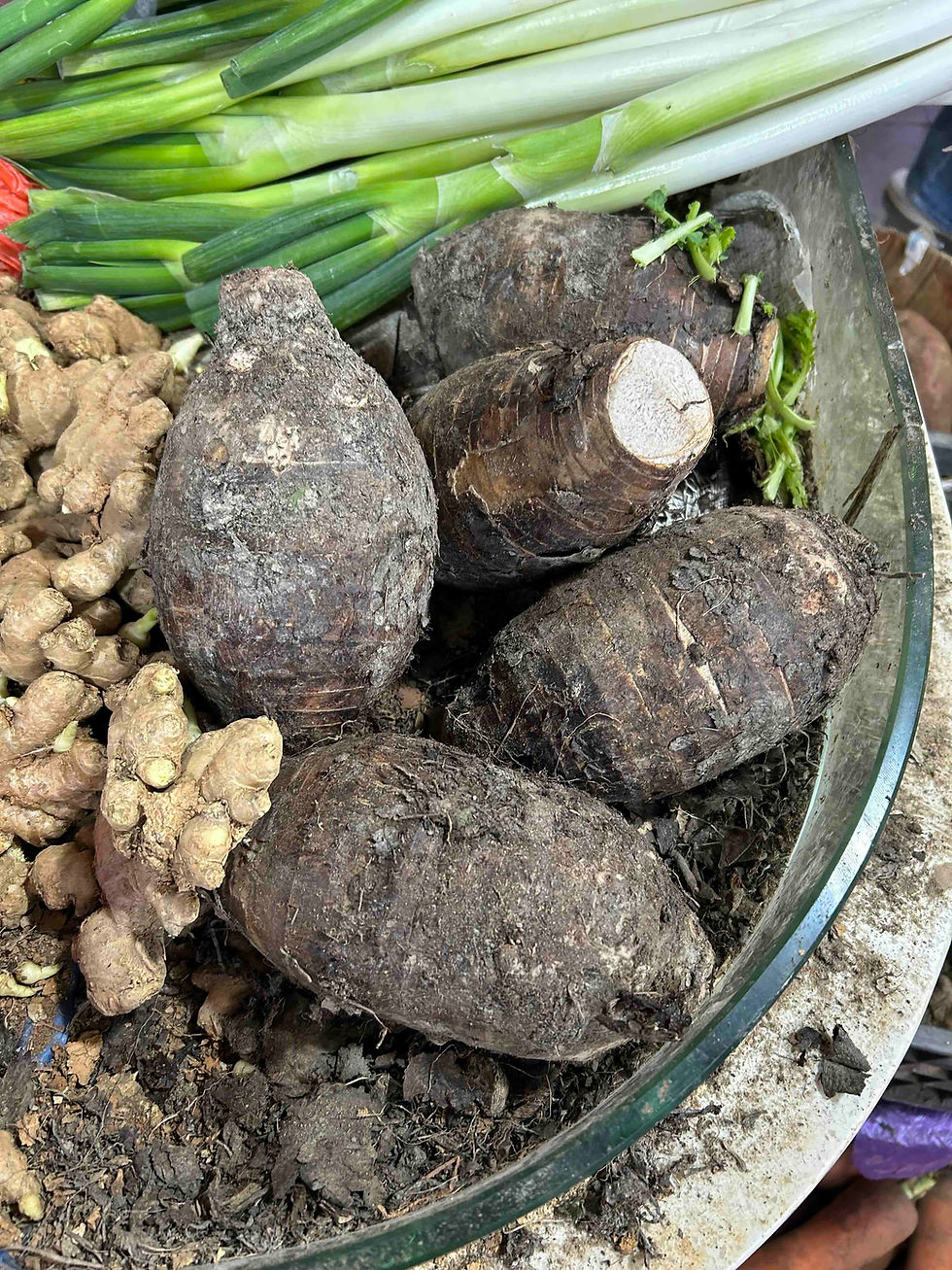Album leaf “Juchang congxi” 踘場叢戲 (Group game on the kicking field) by Su Hanchen 蘇漢臣 (1094-1172)
- Rachelle

- Dec 19, 2022
- 3 min read

Album leaf “Juchang congxi” 踘場叢戲 (Group game on the kicking field) by Su Hanchen 蘇漢臣 (1094-1172)
Image credit: National Palace Museum, Taipei
Inscription: Poem by Qianlong Emperor 乾隆 (1711-1799, ruling 1735-1796)
戲始軍中黄帝為,
講因兵勢寓于嬉。
後來圖樂乃滋甚,
詎比猶賢博奕碁。
Beginning in the army, the game was the work of the Yellow Thearch[1]
And said to mirror military power in playing.
Later the quest for fun prevailed -
How does it compare with wiser gambling and chess?[2]
衆目叢場注一毬,
曲躬蹵足態輕遒。
傳神自是稱待詔,
奚讓三毛顧虎頭。
The crowd’s eyes on the field are fixed on a single ball.
Bodies flexed, feet kicking, with an air of lightness and strength.
For vivid portrayal, [one] surely praises the [Painter-]in-Attendance[3]
Who would by no means lose to Gu Hutou’s three hairs.[4]
名流畫院工藝諫,
寧止丹青獨擅場。
襍記紫薇傳佚事,
也稱新法睹徐王。[5]
Masters of the Academy of Painting are skilled in advising by art:
How could [they] merely excel at pigments?
In an array of records for the Purple Tenuity [they] transmit forgotten activities[6]
And recall seeing Xu and Wang [at the time of] the New Policies.[7]
[1] The belief that the Chinese version of football was created by the legendary ruler Huangdi 黃帝 (Yellow Thearch) can be traced back to the first century BCE; see the fragment of Liu Xiang’s 劉向 (77-6 BCE) Bielu 別錄 quoted in the Taiping yulan 太平御覽: https://ctext.org/text.pl?node=397598&if=en. [2] This line alludes to Lunyu 17.20, where Confucius considers gambling and playing chess a wiser way of spending one’s life than doing nothing but feeding oneself; see https://ctext.org/analects/yang-huo. [3] The artist of this album leaf, Su Hanchen, once served the renowned artist Emperor Huizong 宋徽宗 (1082-1135, ruling 1100-1126) as Huayuan daizhao 畫院待詔 (Painter-in-Attendance of the Academy of Painting). [4] This refers to the famous painter Gu Kaizhi 顧愷之 (ca. 344-406), courtesy name Hutou 虎頭. He famously brought life to his portrait of Pei Kai 裴楷 (237-291) by finishing it with three strokes representing the beard on his cheek; see Liu Yiqing 劉義慶, Shishuo xinyu 世說新語: https://ctext.org/shi-shuo-xin-yu/qiao-yi. [5] Coloured characters rhyme. [6] Ziwei 紫微 (literary “purple tenuity”) refers to a celestial area around the North Pole, where stars representing the Heavenly Lord and his high ministers are found. By extension, the term is often used as a metaphor for the imperial court on earth. The last stanza focuses on the documentary aspect of artistic work. In light of the growth of genre painting during the Northern Song, it is believed that court painters sometimes depicted the everyday life of common people as a way of giving advice to the ruler. [7] The New Policies of the Xining era 熙寧 (1068-1077), led by Wang Anshi 王安石 (1021-1086) and his supporters such as Xu Xi 徐禧 (1035-1082), introduced a series of measures that deeply transformed the military and personnel administration, taxation, education, and more.
Copyright Declaration*:
The texts and images used on the website of Rachelle's Lab are either from the public domain (e.g. Wikipedia), databases with open data licenses (e.g. Shuhua diancang ziliao jiansuo xitong 書畫典藏資料檢索系統, National Palace Museum, Taipei), online libraries that permit reasonable use (e.g. ctext.org), or original work created for this website.
Although fair use of the website for private non-profit purposes is permitted, please note that the website of Rachelle's Lab and its content (including but not limited to translations, blog posts, images, videos, etc.) are protected under international copyright law. If you want to republish, distribute, or make derivative work based on the website content, please contact me, the copyright owner, to get written permission first and make sure to link to the corresponding page when you use it.
版權聲明:
本站所使用的圖片,皆出自公有領域(如維基)、開放數據庫(如臺北故宮博物院書畫典藏資料檢索系統)、允許合理引用的在線圖書館(如中國哲學電子化計劃)及本人創作。本站允許對網站內容進行個人的、非營利性質的合理使用。但請注意,本站及其內容(包括但不限於翻譯、博文、圖像、視頻等)受國際版權法保護。如需基於博客內容進行出版、傳播、製作衍生作品等,請務必先徵求作者(本人)書面許可,并在使用時附上本站鏈接,註明出處。
*Read more about copyright and permission here.




Comments